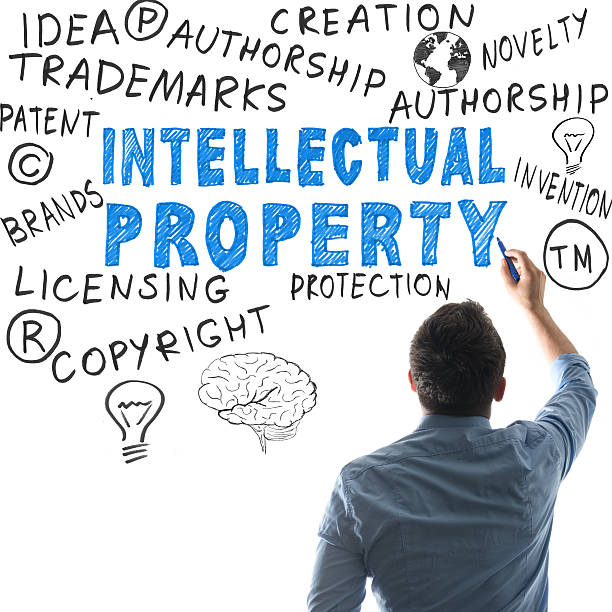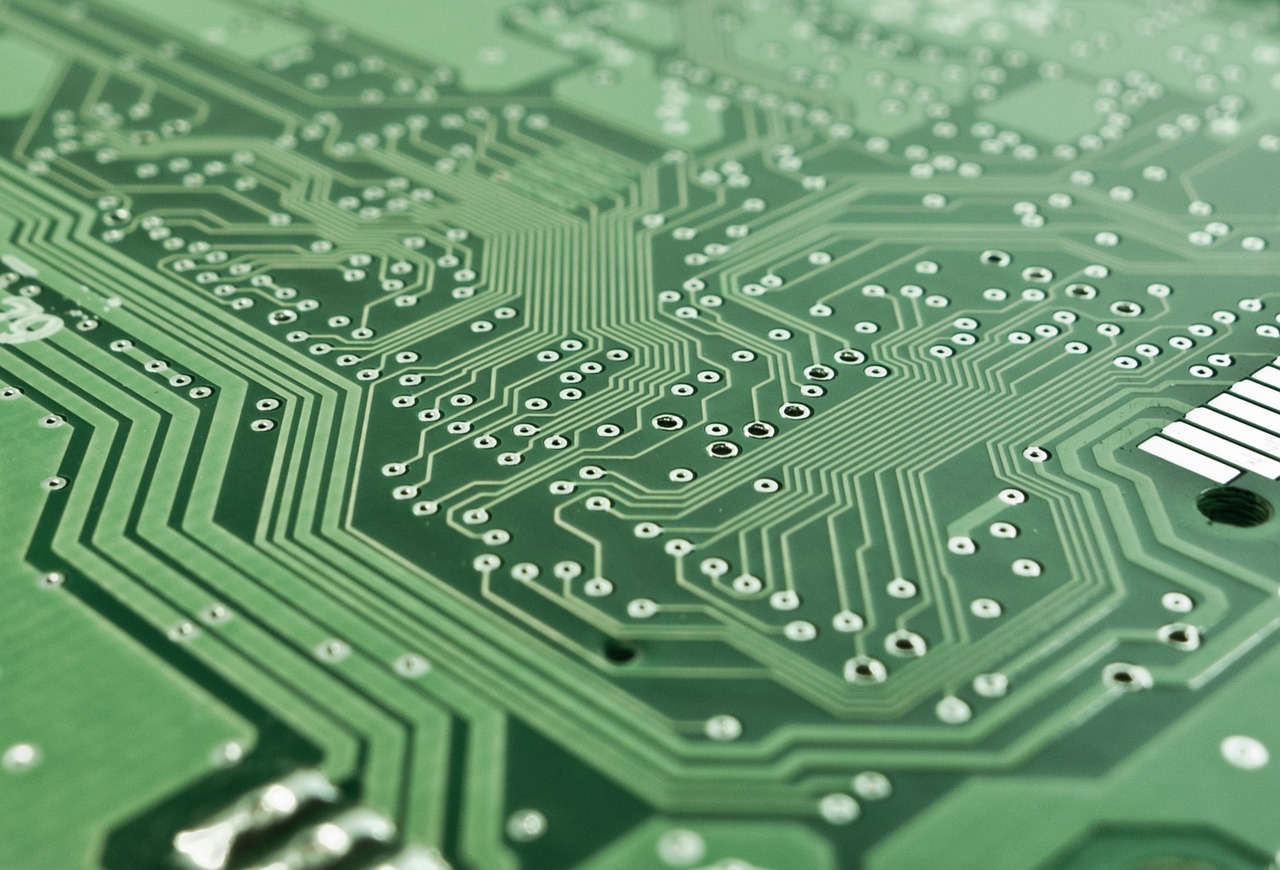Intellectual property, especially patents, stands at the intersection of innovation, commerce, and legal protection. In the world of business, patents can serve as valuable assets, not only for the companies that own them but also for those seeking to access their benefits through licensing and technology transfer agreements. This comprehensive guide delves deep into the intricacies of patent valuation for licensing and technology transfer, exploring the methodologies, challenges, and strategic implications that underpin this crucial aspect of intellectual property management.
The Significance of Patents in Licensing and Technology Transfer
Unlocking the Power of Intellectual Property
Licensing and technology transfer agreements enable the utilization of intellectual property developed by one entity by another entity. Patents, as a form of intellectual property, are at the heart of this process. They represent unique and innovative ideas, inventions, and technologies. Licensing and technology transfer harness the power of patents, allowing the efficient and mutually beneficial exchange of intellectual property assets.

In the modern business landscape, collaboration and commercialization are key drivers of growth and innovation. Licensing and technology transfer facilitate these processes by enabling the sharing of patents. It’s not just about legal documents and contractual obligations; it’s about bringing groundbreaking technologies to market, solving real-world problems, and creating new products and services. Patents are the linchpin in this collaboration, providing the legal and strategic foundation for businesses to work together to mutual advantage.
The Strategic Role of Patents in Licensing and Technology Transfer
Patents play a multifaceted role in licensing and technology transfer:
- Monetization: Patent owners can generate revenue by licensing their patents to other companies. This monetization can be a vital income stream for companies, offering a return on their research and development investments.
- Market Expansion: Technology transfer and licensing agreements can help businesses enter new markets and expand their product or service offerings. Patents provide the legal framework for this expansion.
- Risk Mitigation: Licensing patented technology allows businesses to share the risk associated with research, development, and market uncertainties. It’s a way to leverage external expertise and resources to navigate the complexities of innovation.
- Innovation Acceleration: Patents often represent cutting-edge technology. Licensing and technology transfer can fast-track innovation by allowing companies to access and implement these technologies without starting from scratch.
Valuing patents for licensing and technology transfer is a unique challenge, as it involves more than financial considerations. It requires an understanding of the strategic implications of transferring intellectual property. To navigate this complex landscape, a systematic approach is crucial.
Key Factors in Patent Valuation
The Quantitative Aspects of Patent Valuation
Cost Approach
The cost approach to patent valuation involves assessing the expenses incurred in developing and maintaining the patents. This includes research and development costs, patent application fees, and ongoing maintenance expenses. The cost approach can provide a baseline value for patents, especially those that are relatively new. It quantifies the financial investments made in the creation and protection of intellectual property. However, for mature patents, this approach may not fully capture their market value or the potential revenues they can generate.
Market Approach
The market approach, often used in conjunction with other valuation methods, relies on comparing the patents being considered for licensing or transfer to similar patents that have been sold or licensed in the open market. This method leverages real-world transactions to provide insights into the value of the patents. It is particularly valuable for assessing the market’s perception of the patents and their worth in practical scenarios. When applied to licensing and technology transfer, the market approach helps both parties gauge the fairness and competitiveness of the proposed agreements.
Income Approach
The income approach estimates the value of patents based on their potential to generate revenue. It is a forward-looking method that considers the revenue streams that patents can create through product sales, licensing agreements, or royalties. This approach is highly relevant in licensing and technology transfer, as it guides decisions related to the utilization and monetization of patents. The income approach helps both the patent owner and the licensee assess the long-term profitability and strategic significance of the patents being transferred. It is a valuable tool for aligning intellectual property assets with broader business objectives.
Qualitative Aspects of Patent Valuation
Niche Market Considerations
In the realm of licensing and technology transfer, the specific niche markets in which the intellectual property will be utilized can significantly impact the valuation of patents. Niche markets often have unique dynamics that differ from broader industries. Valuation must consider the distinct needs, demands, and competitive landscape within these niches. It is essential to understand how the patents fit into these specialized ecosystems to derive an accurate valuation.
Competitive Landscape
The competitive landscape within the industry of the licensee or transferee is another qualitative factor that profoundly influences patent valuation in licensing and technology transfer. Competitors can vary widely in size, resources, and patent portfolios. Analyzing the competitive landscape is essential for identifying potential infringement risks and opportunities for collaboration. Parties involved in licensing and technology transfer must be aware of the strengths and weaknesses of the patent portfolio and how it aligns with their strategic objectives.

Emerging Trends
Emerging technologies and market trends play a pivotal role in patent valuation for licensing and technology transfer. Businesses are often at the forefront of innovation and agility, making it imperative to evaluate how their patents align with these emerging trends. Patents that are in sync with the latest technologies and consumer behaviors hold the potential for greater value. Parties involved in licensing and technology transfer must carefully assess how the intellectual property aligns with emerging trends, as this can significantly impact the long-term strategic value of the patents.
Regulatory Changes
Regulatory changes can be a game-changer in licensing and technology transfer, particularly in industries subject to strict regulations, such as pharmaceuticals, biotechnology, and telecommunications. Staying informed about evolving legal requirements is essential for all parties involved in the licensing and technology transfer process. Regulatory shifts can influence patent valuation by introducing uncertainties related to the enforceability and scope of existing patents. Parties must conduct thorough due diligence to understand how regulatory changes may affect the patents’ value, including the potential for legal challenges or opportunities for strategic licensing agreements.
Navigating the Challenges of Patent Valuation in Licensing and Technology Transfer
Different industries have varying dynamics, making the application of standard valuation methods a challenge in licensing and technology transfer. The value of a patent can fluctuate significantly depending on the sector in which it is applied. For instance, a patent in the pharmaceutical industry may have a different valuation methodology compared to one in the software industry. Parties involved in licensing and technology transfer need to understand the nuances of the industry and tailor their valuation approach accordingly.
Additionally, accurately determining the market value of patents is one of the most challenging aspects of patent valuation for licensing and technology transfer. Market dynamics, competition, and industry trends are continually evolving, making it difficult to gauge the true worth of patents in a rapidly changing environment. The potential for unexpected changes, such as the entry of disruptive technologies or shifts in consumer behavior, adds another layer of complexity to the valuation process.
Not all patents are created equal. Some may be strong, with broad claims and significant potential for commercialization, while others may be weaker, offering limited protection and value. In licensing and technology transfer, it’s crucial to assess the quality of patents being exchanged. A strong patent portfolio can be a valuable asset, while a weak one may lead to undervaluation or missed opportunities.
Morever, patent valuation is not a purely objective process. It involves a degree of subjectivity, as different experts and appraisers may arrive at slightly varying valuations based on their judgment, experience, and assumptions. This subjectivity can introduce uncertainty into the licensing and technology transfer process, making it essential for all parties to be transparent and thorough in their valuation methodologies and assumptions.
Managing the Risk of Litigation
Navigating the intricate landscape of patent litigation is a complex task, often demanding substantial resources in terms of both time and finances. As companies engage in licensing and technology transfer, a critical aspect is the evaluation of potential risks associated with patent litigation involving the transferred intellectual property. The United States Patent and Trademark Office (USPTO) plays a pivotal role in this process, as it is the authority responsible for granting patents and managing the legal framework surrounding them. Understanding the legal history of patents through comprehensive reviews becomes paramount in such transactions.
Artificial Intelligence (AI) has emerged as a game-changer in this domain, offering advanced tools for predictive modeling in assessing litigation risks. Through AI-powered analytics, parties involved in licensing and technology transfer can delve deep into the vast troves of legal data, identifying patterns and trends that may indicate potential legal challenges. This proactive approach allows for a more informed decision-making process, enabling parties to mitigate risks and optimize the value of transferred patents.
Predictive modeling, a subset of AI, equips stakeholders with the ability to forecast potential legal scenarios, thus empowering them to make strategic decisions. By leveraging predictive modeling tools, parties can assess the likelihood of patent litigation, anticipate outcomes, and implement preventive measures. This not only safeguards the value of patents but also contributes to a more efficient and secure environment for licensing and technology transfer agreements. In the ever-evolving landscape of intellectual property, the synergy between the USPTO, AI, and predictive modeling becomes a vital asset for those navigating the complexities of patent-related transactions.
Strategic Implications of Patent Valuation in Licensing and Technology Transfer
Licensing and technology transfer agreements are not just about the exchange of intellectual property; they are about leveraging it for competitive advantage. Parties involved must have a clear plan for how the transferred patents will be used to strengthen their market position, drive innovation, or generate revenue. Whether it’s through product development, partnership agreements, or licensing to third parties, patents should be a cornerstone of the strategy for success in licensing and technology transfer.
The security of intellectual property is a paramount concern after licensing and technology transfer agreements. Parties must ensure that the transferred patents are adequately protected from infringement and unauthorized use. This may involve enforcing patents through legal means or implementing robust IP management practices to safeguard the transferred assets.
In the dynamic business world, the competitive landscape is ever-evolving. Parties involved in licensing and technology transfer need to stay vigilant by continually monitoring the competitive environment and adapting their patent strategy to maintain a competitive edge. This may involve acquiring additional patents, forming new partnerships, or licensing agreements to keep pace with industry changes.

Conclusion
In the intricate realm of licensing and technology transfer, patent valuation is a critical and multifaceted process that goes beyond a mere financial assessment. It entails understanding the strategic implications of transferring intellectual property, aligning patents with broader business objectives, and navigating the challenges associated with diverse industries, changing market dynamics, and subjective valuation methodologies. By embracing a systematic approach, parties involved in licensing and technology transfer can ensure that the true worth of patents is recognized and leveraged effectively. The strategic implications of patent valuation in licensing and technology transfer extend to leveraging patents for competitive advantage, protecting intellectual property post-transfer, and continually monitoring the competitive landscape. In the ever-evolving business landscape, patent valuation in licensing and technology transfer is not just a financial exercise; it’s a strategic imperative that can shape the future success of collaborative ventures and innovative solutions.

Leave a Reply